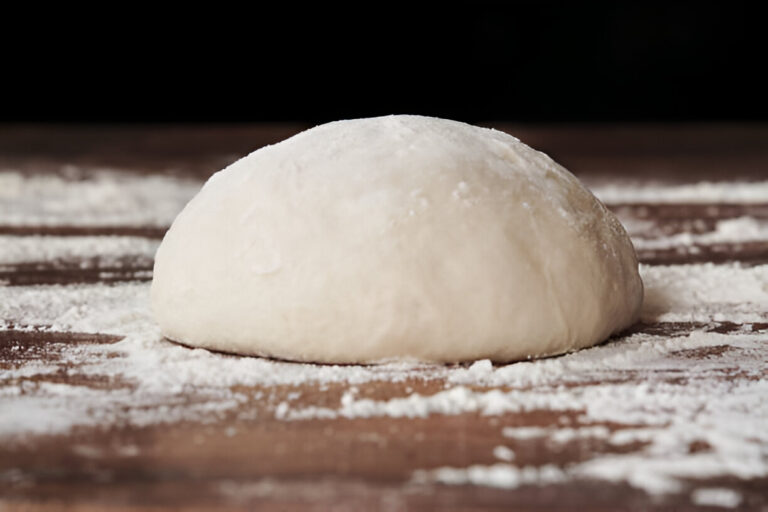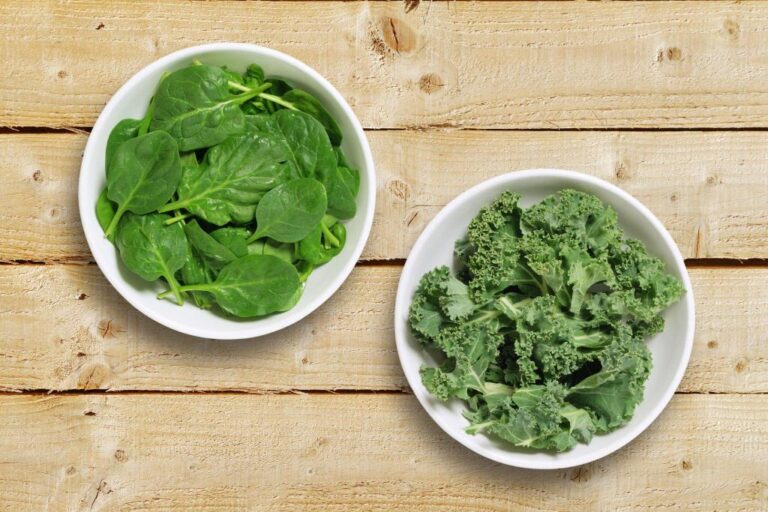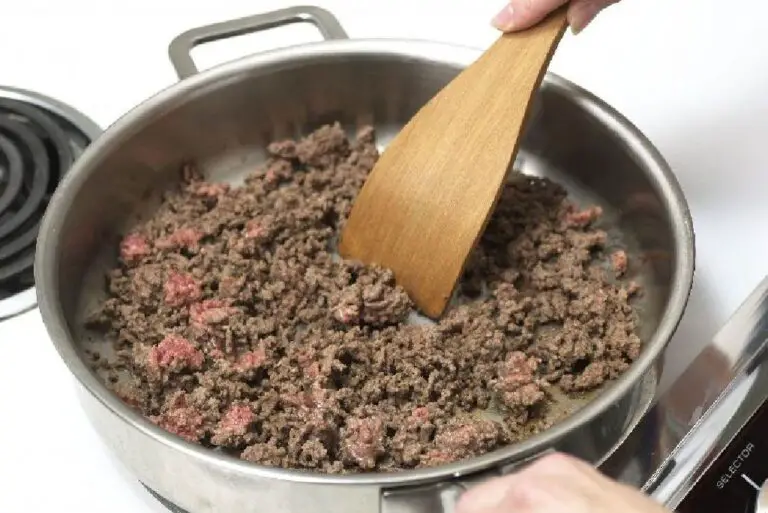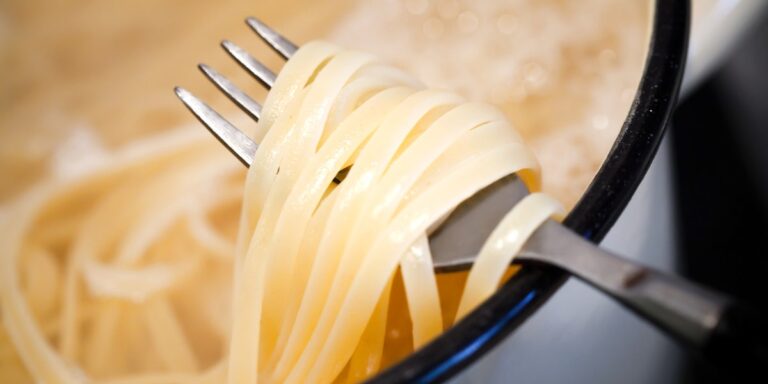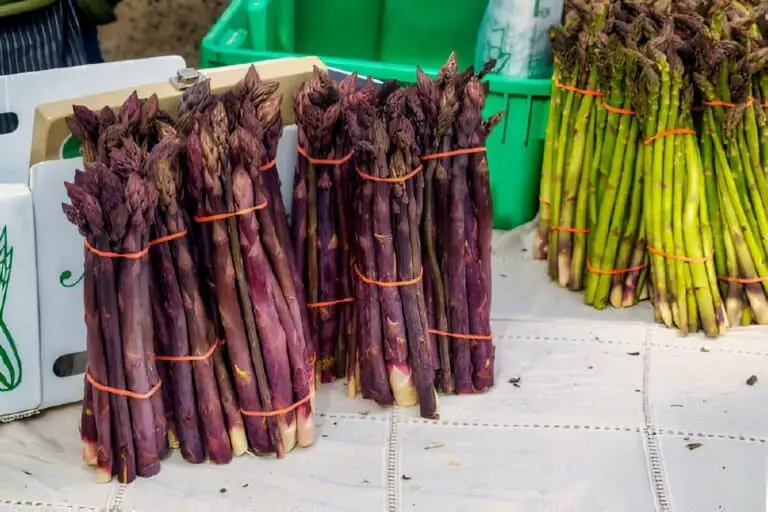Can You Cook Basmati and Jasmine Rice Together?
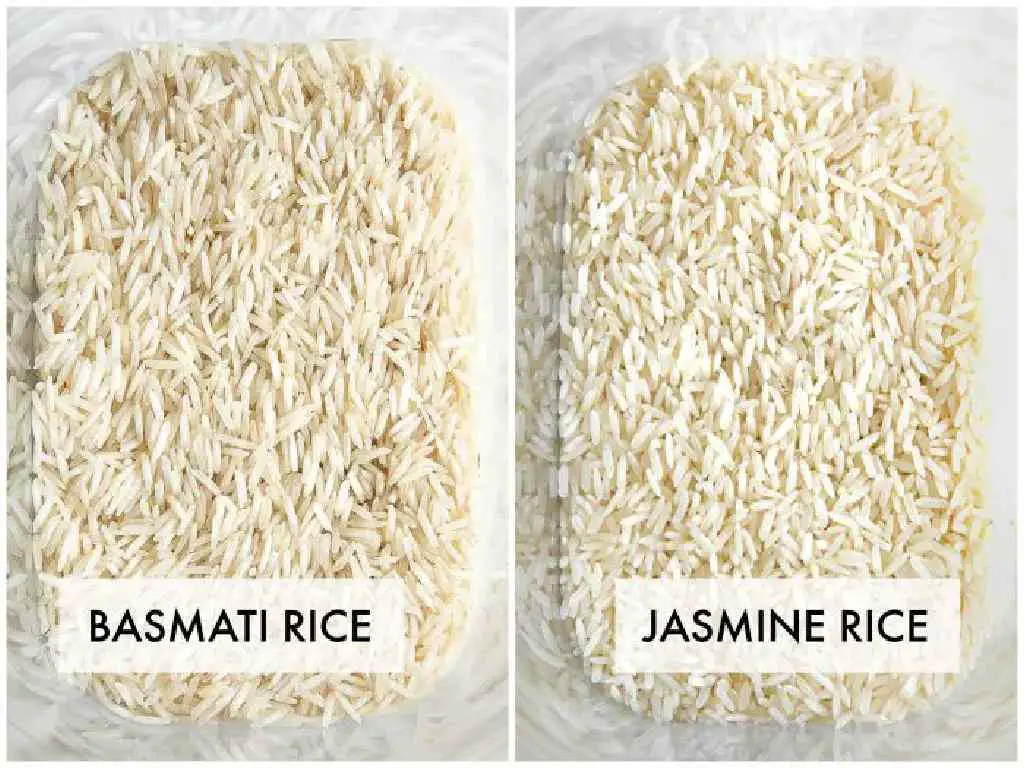
In my kitchen, where culinary experiments happen, I pondered a question that would change my rice-cooking. Can the aromatic grace of Basmati and the floral allure of Jasmine coexist in a single pot, harmonizing into a symphony of flavors?
The prospect was tantalizing, and my culinary curiosity soared. Join me on a journey where we unravel the secrets of mixed rice cooking, delving into the unique attributes of Basmati and Jasmine rice.
Together, we’ll navigate the science behind their perfect union, explore fusion recipes that dance on the taste buds, and uncover tips and tricks that elevate our cooking prowess.
Get ready to embark on a culinary adventure that transcends the ordinary—where every grain tells a story of its own, and the kitchen becomes a canvas for flavor exploration.
Understanding Basmati and Jasmine Rice
Before we delve into the art of cooking them together, let’s take a moment to appreciate the distinct characteristics of Basmati and Jasmine rice.
Basmati Rice:
Originating from the Indian subcontinent, Basmati rice is a culinary gem. Its long grains offer a delightful chewiness, while the subtle nutty aroma adds a layer of sophistication to various dishes.
A staple in Indian and Middle Eastern cuisines, Basmati plays a crucial role in creating the perfect biryani or pilaf, contributing to the overall aromatic experience.
Jasmine Rice:
Hailing from Southeast Asia, Jasmine rice enchants with its fragrant, floral aroma reminiscent of pandan leaves. The slightly sticky texture makes it a beloved choice in Asian cuisines, particularly Thai and Vietnamese dishes. The versatility of Jasmine rice shines through in stir-fries, curries, and sushi, where its aromatic essence elevates the overall dining experience.
After getting to know Basmati and Jasmine rice, let us try combining them to make a delicious meal. Join us for tips, tricks, and delicious recipes that demonstrate the harmony of mixing these rice varieties.
Differences Between Basmati and Jasmine Rice
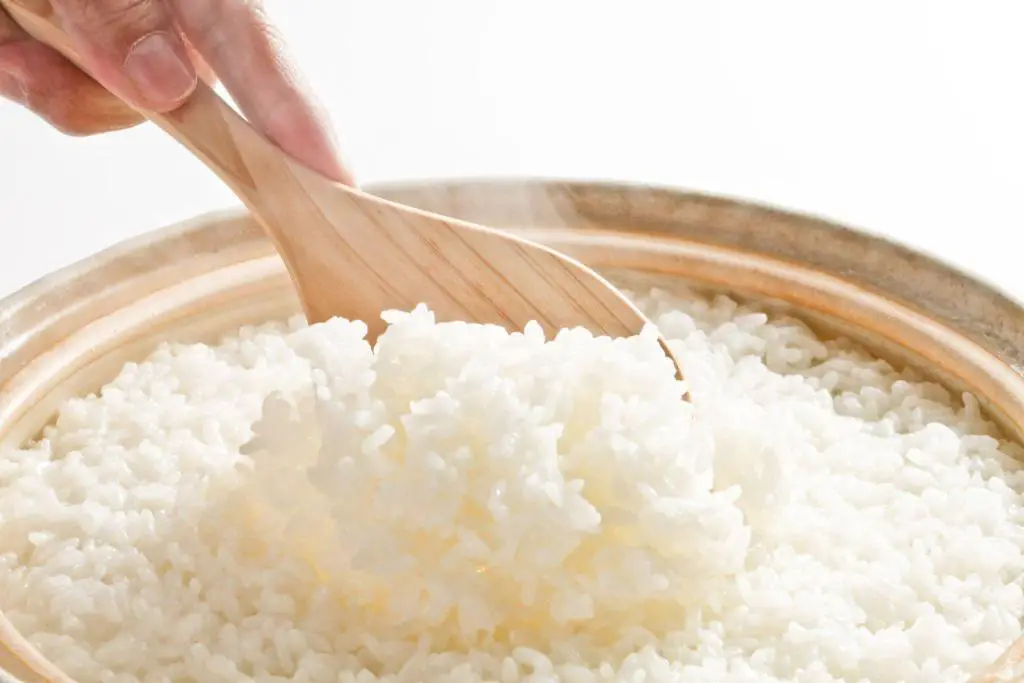
Basmati and Jasmine rice are both aromatic long-grain varieties that have distinct differences in flavor, texture, and aroma. Basmati rice originates from the Indian subcontinent and has a nutty, earthy flavor with a floral aroma, while Jasmine rice is native to Thailand and has a subtle floral scent with a slightly sweet taste.
One of the key differences between the two lies in their cooking properties; Basmati rice tends to cook up drier and fluffier compared to the softer and stickier texture of Jasmine rice when cooked.
Additionally, the appearance of Basmati and Jasmine rice can also help distinguish between them. Basmati grains are slender and elongated with a light golden hue, while Jasmine rice grains are shorter and rounder with a pearly white color.
These unique qualities make each variety best suited for different types of dishes – Basmati is often used in Indian cuisine like biryani or pilaf, whereas Jasmine enjoys its place in Thai or other Southeast Asian dishes.
Knowing these differences can help you become a better cook when you use either variety on its own or in fusion recipes.
Can You Cook Basmati and Jasmine Rice Together?
Yes, you can cook basmati and jasmine rice together, as their cooking times are similar. However, it is essential to rinse them separately before cooking to avoid mixing the two types of rice.
When cooking, use a rice cooker or a pot on the stove, and add the rice separately to ensure they don’t get mixed up.
Keep in mind that basmati rice is known for its popcorn-like aroma and long slender grains, while jasmine rice is softer, fluffier, and slightly sticky when cooked. Mixing these two types of rice together may result in a dish with varying textures and flavors, but it should still be edible and enjoyable.
| Also see: What to Do With Expired Uncooked Rice? |
How to Cook Basmati and Jasmine Rice Together Flawlessly (Step-by-step)
Here’s a simple guide to achieving the perfect union of Basmati and Jasmine rice:
Ingredients:
- 1 cup Basmati rice
- 1 cup Jasmine rice
- Water
- Salt (optional)
Instructions:
Step 1. Rinse the Rice:
- Start by rinsing both the Basmati and Jasmine rice under cold water until the water runs clear. This helps remove excess starch and prevents the rice from becoming too sticky during cooking.
Step 2. Soak the Rice:
- Optional but recommended, soak the rice for 15–30 minutes. This not only reduces the cooking time but also ensures even cooking for both varieties.
Step 3. Choose the Right Pot:
- Opt for a pot with a tight-fitting lid to trap steam and cook the rice evenly. A heavy-bottomed pot works best to prevent the rice from sticking to the bottom.
Step 4. Water Ratio:
- Use the absorption method for cooking rice. Typically, the water-to-rice ratio is 2:1. For our blend, use 2 cups of water for every cup of combined Basmati and Jasmine rice.
Step 5. Seasoning:
- Add salt to taste if desired. This step is optional, as some prefer to season their rice during the cooking process, while others choose to do so afterward.
Step 6. Cooking Process:
- Bring the water to a boil.
- Add the rinsed and soaked Basmati and Jasmine rice to the boiling water.
- Stir once, then reduce the heat to low and cover the pot.
- Allow the rice to simmer for 15–20 minutes, or until all the water is absorbed.
Step 7. Resting Period:
Once cooked, let the rice sit covered for an additional 5–10 minutes. This allows the residual steam to continue cooking the rice and makes it fluffier.
Step 8. Fluff and Serve:
Gently fluff the rice with a fork to separate the grains. Serve the Basmati and Jasmine rice blend as a flavorful side dish or as the base for your favorite curry or stir-fry.
Tips and Tricks for Successful Mixed Rice Cooking
Cooking a harmonious blend of Basmati and Jasmine rice involves more than just combining them in a pot. Let’s dive into some practical advice to ensure your mixed rice creation is a culinary masterpiece.
Practical Advice for Achieving the Best Results
- Rinse and Soak: Begin by thoroughly rinsing both rice varieties to remove excess starch. Consider soaking them for 15–30 minutes; this not only reduces cooking time but also ensures uniform texture.
- Equal Grain Sizes: Opt for Basmati and Jasmine rice with similar grain lengths. This guarantees even cooking, preventing one variety from being undercooked while the other becomes mushy.
- Rice Ratios: Cooking is an art, and experimentation is key. Feel free to adjust the ratio of Basmati to Jasmine rice based on your preferences. Some may enjoy a 1:1 ratio, while others might prefer a 2:1 or 3:2 ratio.
- Water Ratio: Follow the absorption method, maintaining a water-to-rice ratio of 2:1. Adjust slightly based on personal preferences, keeping in mind that Basmati absorbs more water than Jasmine.
Troubleshooting Common Issues in Mixed Rice Preparation
| Issue | Solution |
| Uneven Cooking | Ensure uniform grain size and stir well during cooking. |
| Sticky Texture | Adjust water ratio and fluff rice after cooking for separation. |
| Undercooked Portions | Soak rice longer or consider pre-cooking certain types. |
Pairing and Serving Suggestions
When it comes to flavor combinations and serving suggestions, the key is to think outside the box. For a delightful twist, consider pairing Basmati and Jasmine rice with tangy mango salsa or a spicy Thai curry.
The fragrant aroma of Jasmine rice can beautifully complement sweet and savory flavors, making it an ideal accompaniment to dishes like teriyaki chicken or honey-glazed salmon. Additionally, Basmati rice’s nutty undertones make it a versatile option for Mediterranean-inspired meals such as Greek salads or stuffed bell peppers.
For those looking to elevate their rice dishes, explore fusion cuisine by incorporating diverse ingredients such as coconut milk and lemongrass for a Southeast Asian flair.
Using beautiful bowls or bamboo steamers to serve Basmati and Jasmine rice can also make the dining experience better and add a touch of class to any meal. Putting these two types of rice together can be more fun if you try out different flavor profiles and creative ways to serve them.
Conclusion: A Symphony of Flavors
In the culinary world, rules are made to be broken, and blending Basmati and Jasmine rice is a testament to the creativity that cooking allows. You can make a delicious dish that showcases global flavors by doing a few simple things and letting the smells of these two types of rice dance.
So, the next time you find yourself torn between Basmati and Jasmine rice, remember that you don’t always have to choose. The combination of Basmati and Jasmine creates a symphony of flavors that transcends culture.
.FAQs
Can I use mixed Basmati and Jasmine rice for traditional recipes, or is it better suited for fusion dishes?
Absolutely! Mixed Basmati and Jasmine rice can enhance both traditional and fusion recipes, showcasing their versatility in various cuisines while maintaining harmony in rice cooking.
Are there specific occasions or meals where mixed rice varieties shine?
Mixed rice varieties shine in celebratory meals and gatherings, adding a touch of elegance. Their compatibility makes them ideal for creating rice fusion recipes that impress guests with a perfect rice combination.
Can I store pre-mixed Basmati and Jasmine rice for later use, and if so, what’s the best way to retain their freshness?
Yes, you can store pre-mixed Basmati and Jasmine rice. To maintain freshness, store in an airtight container in the refrigerator. Reheat gently with a splash of water to revive the fluffiness and flavors, preserving the harmony in rice cooking.
What is the ideal water-to-rice ratio for mixed Basmati and Jasmine rice?
Aim for a water-to-rice ratio of 2:1.5 for mixed Basmati and Jasmine rice. Adjustments may be needed based on your preferred texture, but this ratio provides a good starting point.
Are there specific dishes that work well with a combination of Basmati and Jasmine rice?
Yes, dishes like rice pilaf, stir-fries, and rice salads are excellent choices for a combination of Basmati and Jasmine rice. Their aromatic and fluffy nature enhances various cuisines.
How do you prevent sticking when cooking Basmati and Jasmine rice together?
To prevent sticking, rinse the rice thoroughly before cooking. Additionally, using a non-stick pot and stirring the rice gently during cooking can help maintain the individual grains of Basmati and Jasmine rice when combined.

